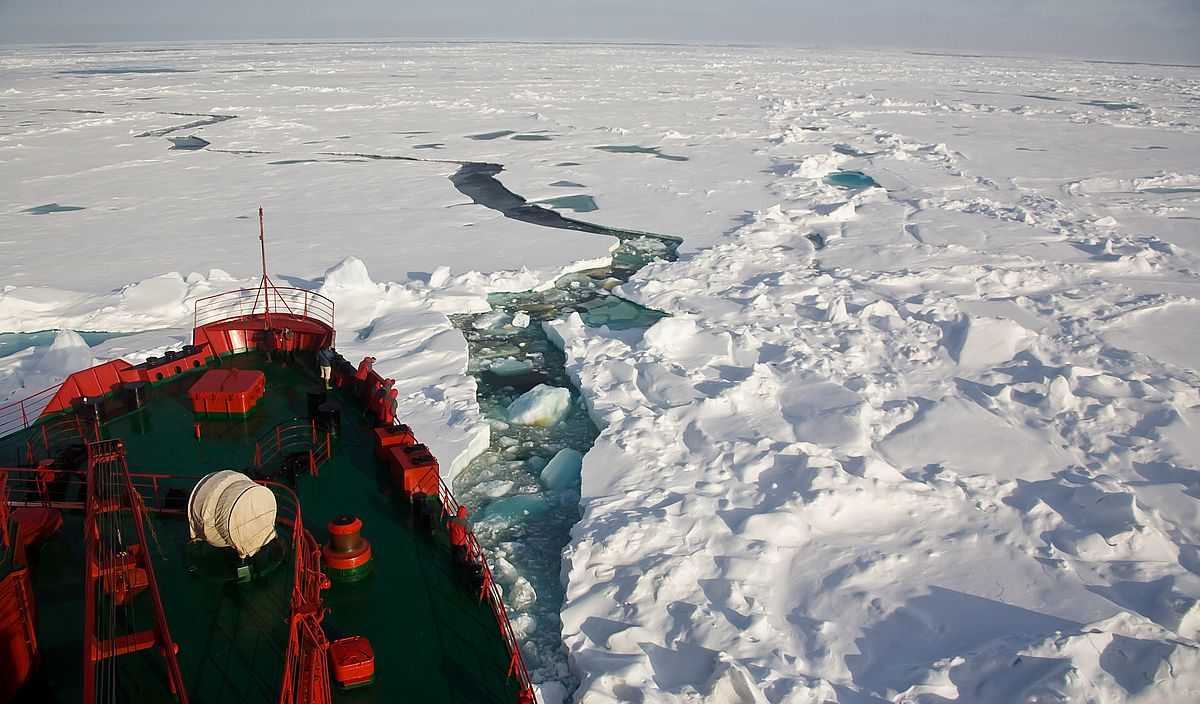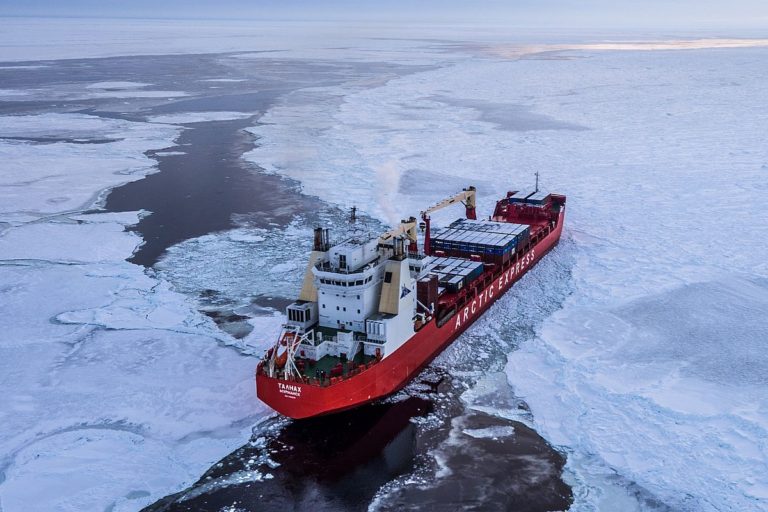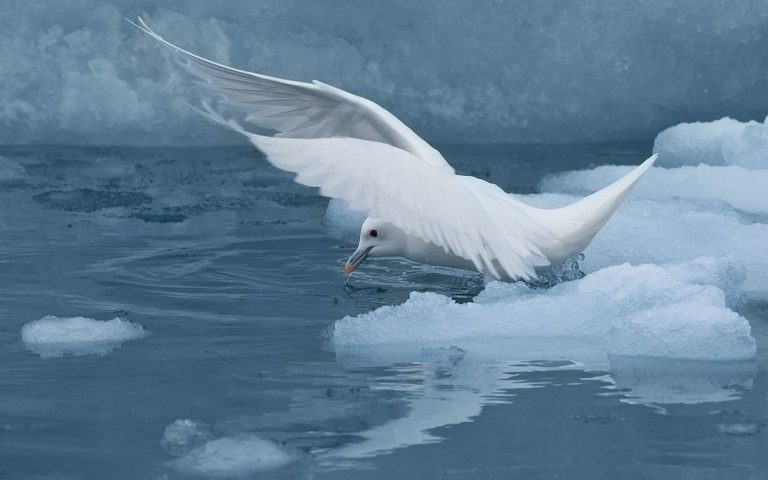#ARCTIC. #SIBERIA. THIS IS TAIMYR. Scientists record a 13.5 percent reduction in ice area in the Arctic every ten years. The amount of ice in the Arctic in summer will be reduced so that it will affect shipping by the middle of the 21st century. At the same time, there won’t be a completely ice-free period in the Arctic Ocean.
The Arctic and Antarctic Research Institute’s (AARI) director Alexander Makarov said at the St. Petersburg International Economic Forum (SPIEF):
Dramatic changes in the Northern Ocean’s seas ice cover have been observed over the past 40–50 years. The ice area has decreased by about 2.7 million square kilometers during the summer period (the area is approximately Greenland). In winter the area decreased by 700 thousand square kilometers. The ice cover thickness also changed: the average sea ice thickness in the Arctic Ocean’s central part decreased by almost three times. By the middle of the 21st century, the ice amount in summer will decrease, but in winter the ice will remain.
The scientist believes that dangerous ice phenomena like icebergs will increase with a decrease in the ice volume. It is necessary to pay attention to the regular forecasts’ preparation that clarifies the ice situation in order to minimize the risks for navigation.
New climate models show that the Arctic parts that were covered in ice all year round are warming so quickly that in just two decades they will be consistently ice-free for months.
The Brown’s University’s climate scientists say that changing Arctic climate threatens countless species that thrived in sub-zero temperatures. Scientists have also predicted that shipping in the Arctic increases so much that it could lead to new trade routes in international waters due to the effects of melting Arctic ice by 2065.
Earlier we told how polar bears learn to survive in warmer conditions.
Follow us on Telegram, VKontakte.
Text: Angelica Stepanova, Ekaterina Maksimova, Photo: istockphoto.com






